The Intriguing Nature Of Asteroid Lutetia

Introduction
Asteroids have long captured the imagination of scientists and enthusiasts alike. These celestial objects, remnants from the early solar system, hold valuable clues about the formation and evolution of our universe. One such asteroid that has piqued the interest of researchers is Asteroid Lutetia. In this article, we will delve into the intriguing nature of this asteroid, exploring its composition, history, and significance in our understanding of the cosmos.
The Composition of Asteroid Lutetia
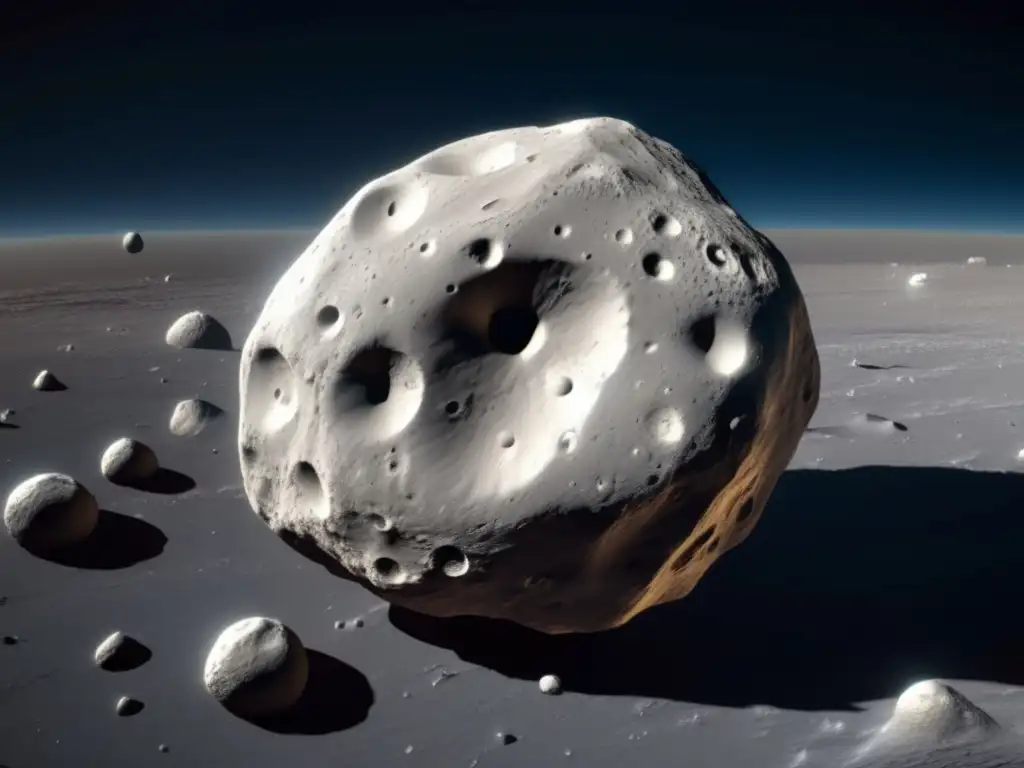
A Window into the Past
Asteroid Lutetia, also known as 21 Lutetia, is a large main-belt asteroid located between Mars and Jupiter. With a diameter of approximately 100 kilometers, it is one of the largest asteroids in the belt. Lutetia is classified as an M-type asteroid, which indicates a metallic composition. Its surface is rich in metals such as iron and nickel, making it a valuable target for scientific study.
Detailed Mapping and Analysis
In 2010, the European Space Agency's Rosetta spacecraft performed a close flyby of Asteroid Lutetia, providing unprecedented insights into its composition and structure. The images and data gathered during the flyby allowed scientists to create detailed maps of Lutetia's surface. They discovered a diverse terrain with craters, ridges, and valleys, suggesting a complex geological history.
Understanding Solar System Evolution
Studying asteroids like Lutetia provides valuable information about the processes that shaped our solar system. By analyzing the composition and age of these objects, scientists can gain insights into the formation of planets and the dynamics of early celestial bodies. Lutetia's metallic composition suggests that it may be a remnant of a larger parent body that underwent significant collisions and fragmentation.
The History of Asteroid Lutetia

Discovery and Naming
Asteroid Lutetia was discovered by Hermann Goldschmidt, a Franco-German astronomer, on November 15, 1852. The name "Lutetia" is derived from the Latin name for Paris, where Goldschmidt made his observations. This naming convention was common during the time, as astronomers often honored cities or influential figures when naming new celestial objects.
Rosetta Flyby Mission
In July 2010, the Rosetta spacecraft, on its way to study comet 67P/Churyumov-Gerasimenko, flew within 3,162 kilometers of Asteroid Lutetia. This historic flyby provided a close-up view of the asteroid and offered an opportunity to gather valuable data about its surface features and composition. The scientific observations made during the mission significantly expanded our knowledge of Lutetia.
Future Exploration
While no specific missions are currently planned to further explore Lutetia, its scientific importance has sparked interest in future asteroid missions. Scientists and space agencies are continually looking for new opportunities to study asteroids up close, as they hold potential resources and provide insights into the origins of our solar system. Continued exploration of asteroids like Lutetia will undoubtedly contribute to our understanding of the universe.
The Cultural Significance of Asteroid Lutetia

Ancient Beliefs and Mythology
Asteroids have captured the attention of cultures throughout history. While no specific mythological associations are known for Lutetia, the general belief in celestial objects as divine or significant entities has shaped human culture and cosmic understanding. Ancient civilizations often attributed life events, natural phenomena, and celestial movements to the influence of celestial bodies like asteroids.
Artistic Inspiration
Throughout history, artists have drawn inspiration from the celestial realm. The captivating beauty and mystery of asteroids, including Lutetia, have found their way into various artistic expressions, such as paintings, sculptures, and literature. Artists often depict asteroids as symbols of exploration, discovery, and the vastness of the universe.
Scientific Relevance and Education
Asteroids like Lutetia play a crucial role in scientific education and public outreach. By studying and sharing information about these celestial objects, scientists can inspire future generations to pursue careers in space exploration and astronomy. The ongoing research and discoveries related to Lutetia encourage scientific curiosity and promote a deeper understanding of our place in the cosmos.
Frequently Asked Questions
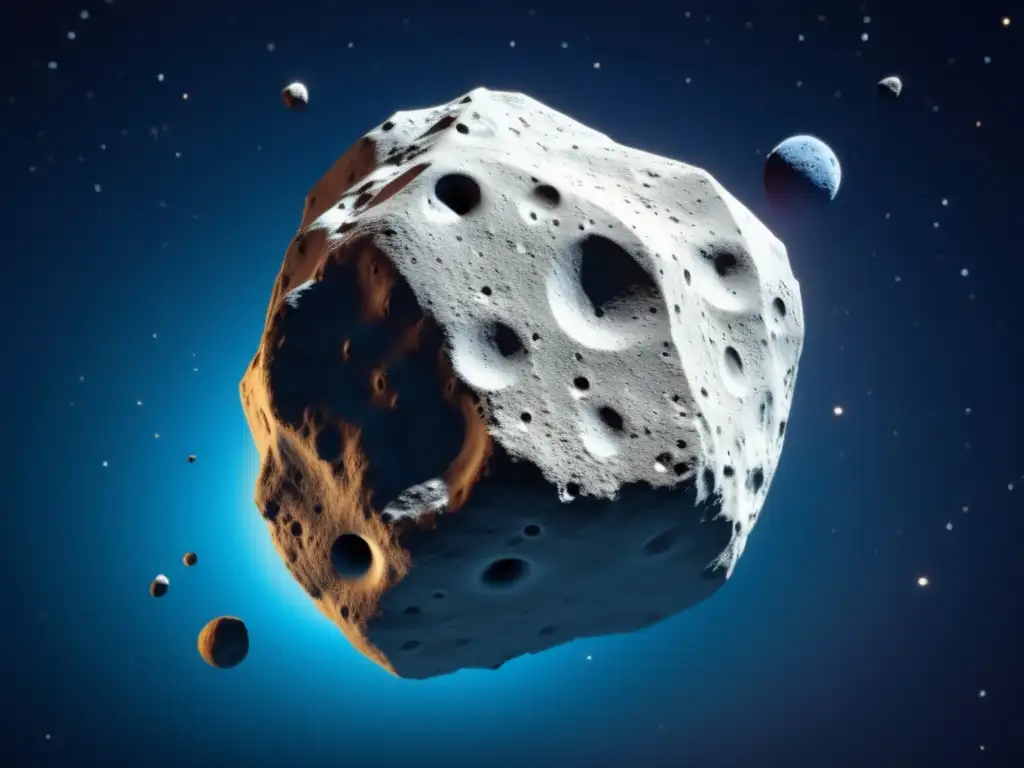
-
What is the size of Asteroid Lutetia?
Asteroid Lutetia has a diameter of approximately 100 kilometers, making it one of the largest asteroids in the main belt.
-
What is the composition of Lutetia's surface?
Lutetia's surface is rich in metals such as iron and nickel, indicating a metallic composition.
-
How was Lutetia explored?
The European Space Agency's Rosetta spacecraft performed a close flyby of Lutetia in 2010, providing detailed mapping and analysis of the asteroid.
-
What is the significance of studying asteroids like Lutetia?
Studying asteroids like Lutetia provides insights into the formation and evolution of our solar system, helping scientists understand the dynamics of early celestial bodies.
-
Are there any future missions planned to explore Lutetia further?
Currently, there are no specific missions planned for further exploration of Lutetia, but interest in asteroid studies continues to drive future exploration opportunities.
Conclusion
Asteroid Lutetia offers us a glimpse into the history and mysteries of our solar system. Its metallic composition, detailed mapping, and ancient origins contribute to our understanding of planetary formation and evolution. The cultural significance of Lutetia reminds us of humanity's fascination with celestial bodies and their profound impact on our imagination, art, and scientific progress. Let us continue to explore the vast universe, seeking knowledge and inspiration from these intriguing asteroids.
We encourage you to share your thoughts and engage with www.asteroidrealm.com by subscribing to our newsletter, sharing this article on social networks, and joining the conversation in the comments section below. Thank you for your time and attention.
Additional Resources
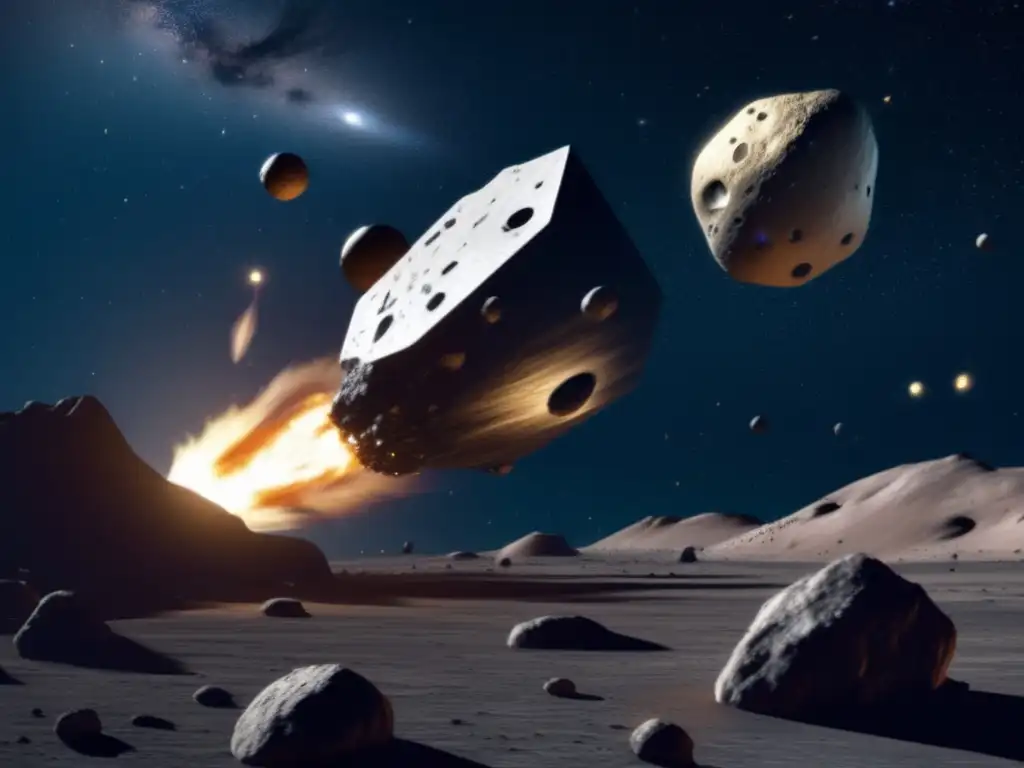
For further information on Asteroid Lutetia and related topics, please visit the following resources:
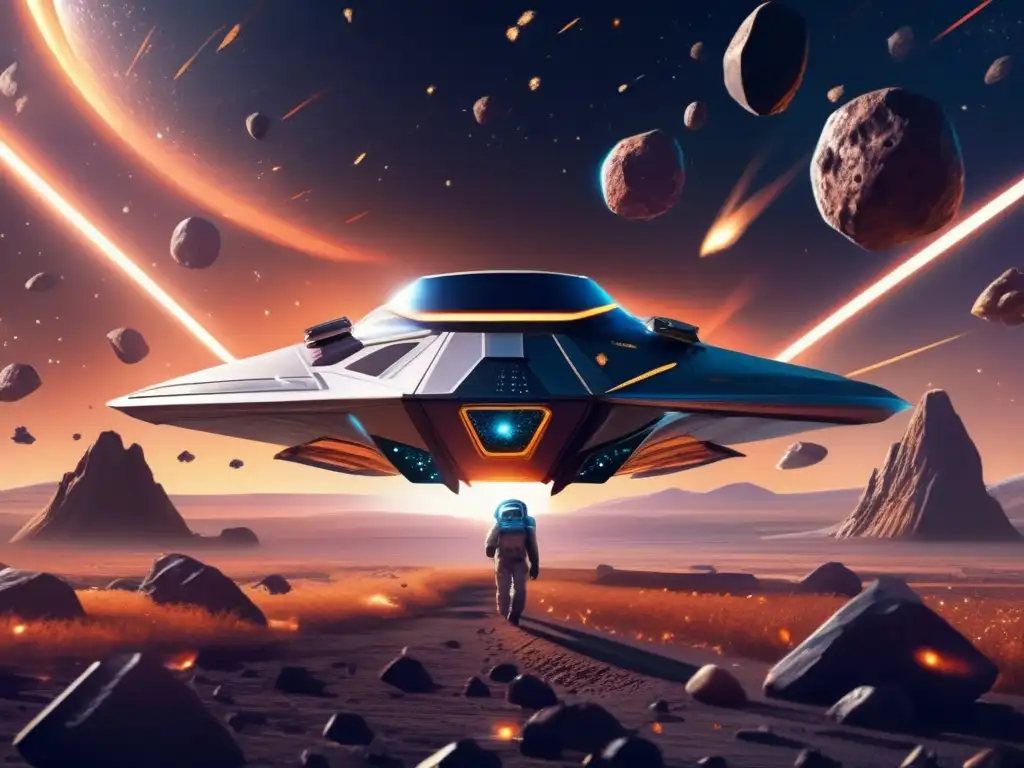 Unveiling The Secrets Of Asteroid Pandora
Unveiling The Secrets Of Asteroid Pandora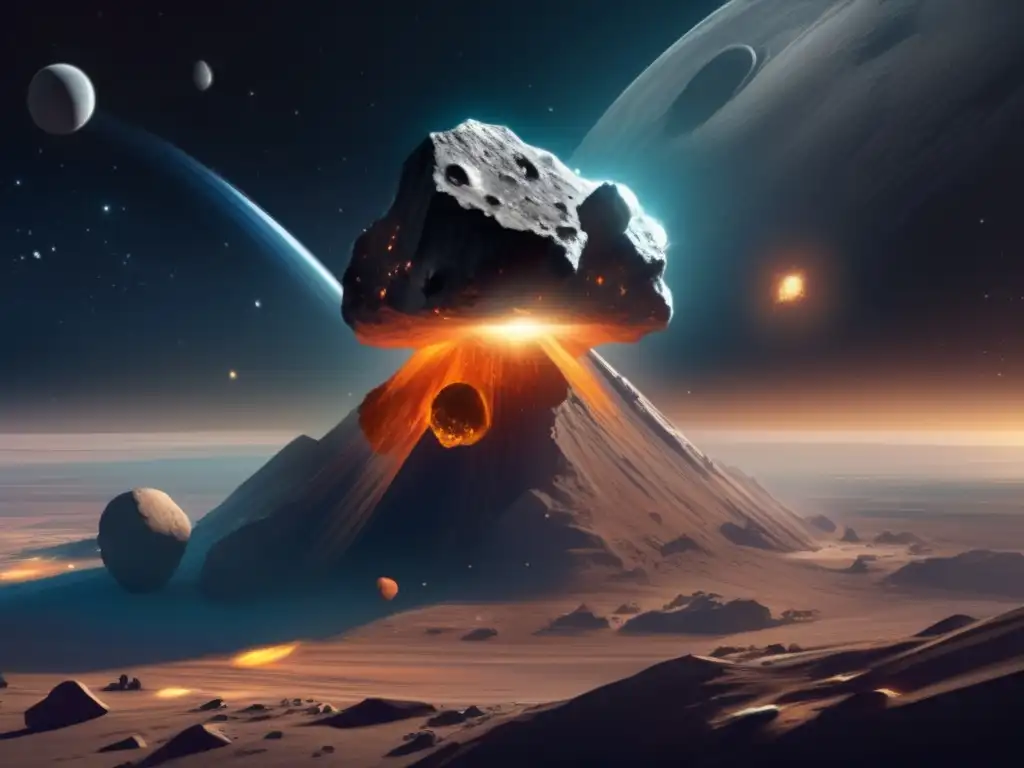 A Journey Into The History Of Asteroid Albion
A Journey Into The History Of Asteroid Albion The Enigma Surrounding Asteroid Angelina
The Enigma Surrounding Asteroid AngelinaIf you want to discover more articles similar to The Intriguing Nature Of Asteroid Lutetia, you can visit the Asteroid Profiles category.
Leave a Reply

Articulos relacionados: